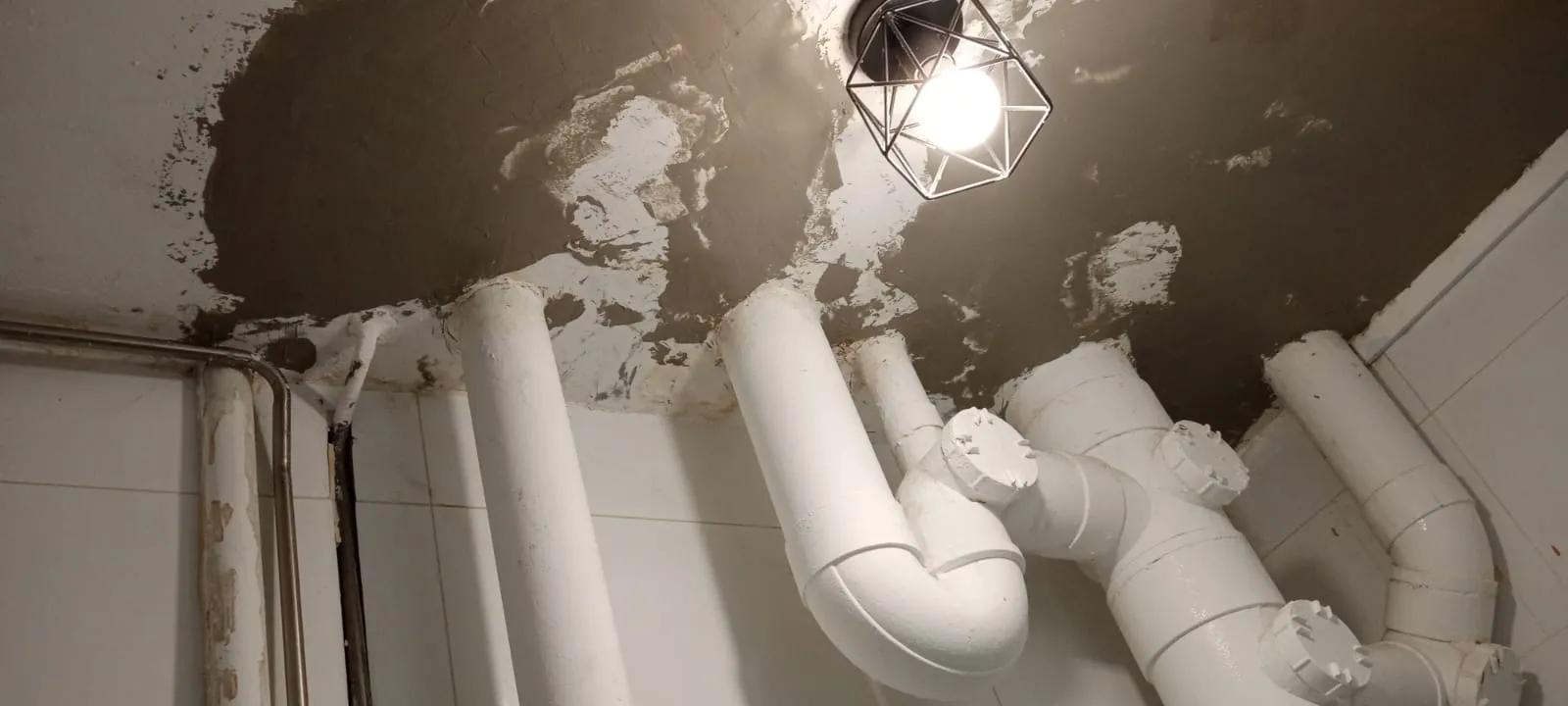
Water seepage and inter-floor leaks are among the most common property disputes in Singapore, affecting both HDB flats and private condominiums. Understanding who bears responsibility for these issues is crucial for property owners and tenants.
Water seepage occurs when water gradually penetrates through walls, ceilings, or floors due to cracks, deteriorated waterproofing, or structural issues. Common causes include bathroom waterproofing failure, window frame deterioration, and aging pipe systems.
Inter-floor leaks specifically refer to water leakage that affects the unit below, typically originating from the upper floor's bathroom, kitchen, or plumbing systems. These leaks can cause significant damage to ceilings, walls, and personal property in the affected lower unit.
Homeowners or Tenant resposible? Water seepage often happens in both HDB flats and private properties. It can cause disputes about who must pay for repairs. Knowing who must fix these issues is important. It helps keep peace between landlords and tenants.
Old or worn-out waterproofing membranes in wet areas (bathrooms, balconies, kitchens) often cause water to leak to lower floors.
Leaking pipes, cracked joints, or poor plumbing work may result in hidden leaks between floors and walls.
Expansion and contraction of building structures can create gaps. These cracks let water pass from one unit to another.
Poor upkeep of shared spaces—like gutters, downpipes, and drains—can result in pooling water and seepage.
Heavy rain is common in Singapore. If roofs and wall exteriors aren’t well-sealed, water can get inside and cause damage. Investigating the source of water is a critical first step before assigning responsibility or starting repairs.
Engage qualified professionals to conduct an inspection. Pinpointing the root cause—like a failed membrane, a plumbing defect, or a crack—is necessary for targeted repairs.
Contact your immediate neighbour and suggest a joint inspection.
Inform the MCST or write to your neighbour about the issue.
Keep written records of all conversations for clarity.
Certified waterproofing experts like Triton Construction can provide reliable diagnosis and repair recommendations.
If parties cannot agree, escalate:
Once responsibility is confirmed, proceed with urgent repairs. Fixes may include redoing waterproofing, sealing cracks, or replacing pipes.
Regularly check and reseal wet areas, clear drains, and schedule routine building inspections to catch early warning signs.
Water seepage and inter-floor leaks can disrupt your home and relationships. Fast, clear action and a good understanding of who is responsible can resolve issues before they become costly and contentious.
Document all communications, engage professionals, and maintain your property regularly. These steps safeguard your investment and ensure a safe, dry living environment for everyone.
Need help with water leakage?
Contact Triton Construction as your waterproofing specialist today for reliable support.